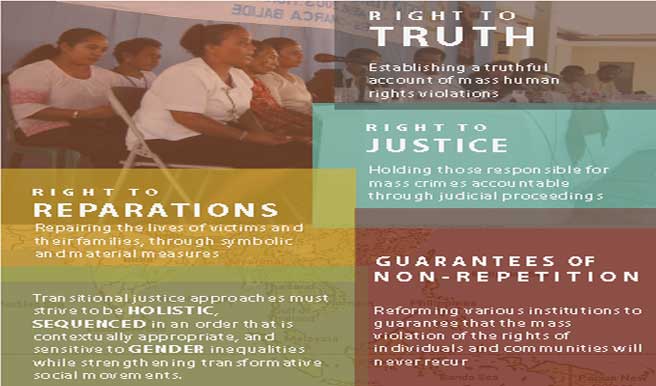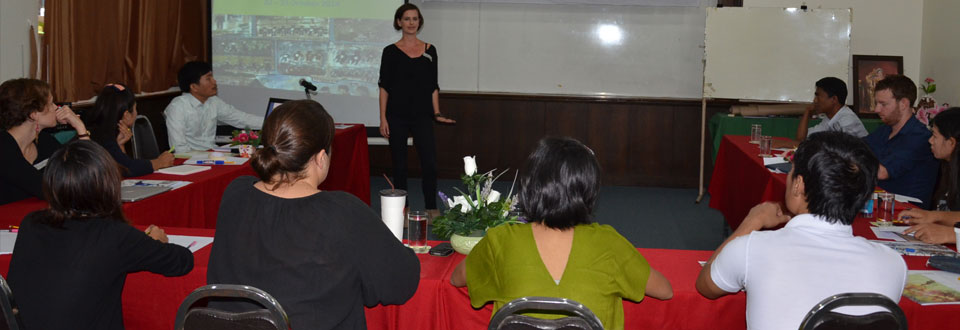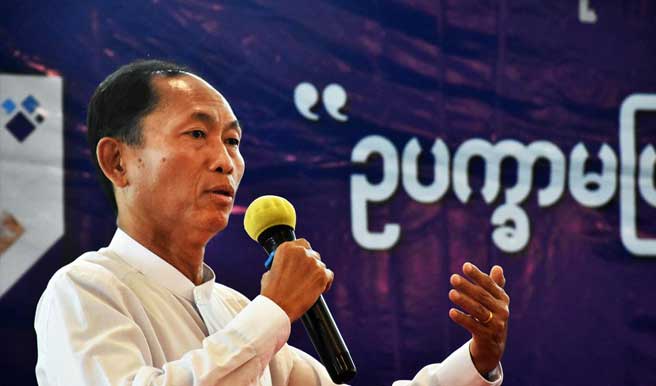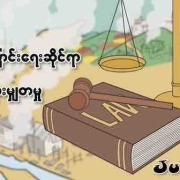TRANSITIONAL JUSTICE
During periods of authoritarian rule and conflict, mass human rights violations are often committed in darkness, with the truth hidden and manipulated. After a transition to democracy, many perpetrators are often protected by entrenched impunity. In many cases, they still hold great power and tightly control a false narrative about what has taken place. Institutions that were designed to protect
and uphold the rights of the people are weak or broken. In order to build a free and accountable democracy, the truth about what has happened needs to be investigated and shared, perpetrators brought to justice, victims assisted and honored, and laws and institutions reformed to ensure that the mass violations will not recur.
The transitional justice framework is a tool that can assist in developing and implementing effective strategies to deal with a history of mass violations. It is often divided into four major elements: seeking the truth, prosecuting those responsible, helping to repair the lives and dignity of victims (reparations), and providing guarantees of non-repetition (or institutional reform). These elements are interdependent, so an effective approach must be holistic, and the different initiatives should
be sequenced in an order that is appropriate to the context. An approach that is sensitive to gender is also needed to understand how violations impacted men and women differently and to ensure participation of the most vulnerable and marginalized.







